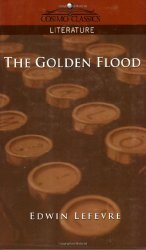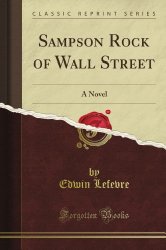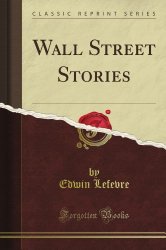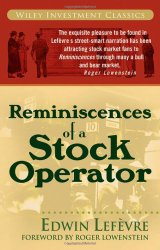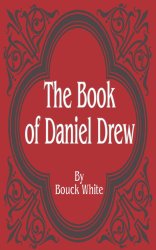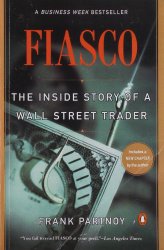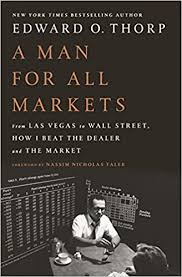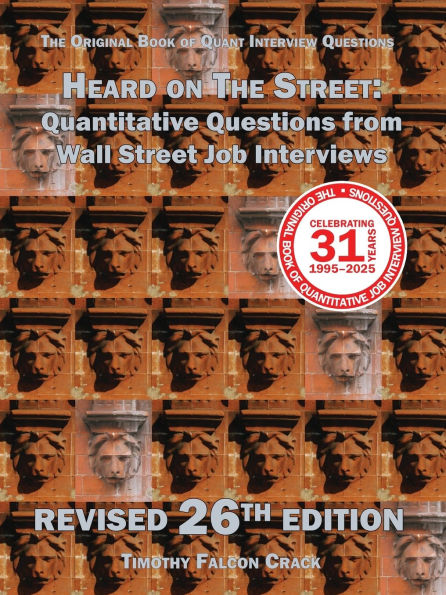
Questions that appeared in (or are likely to appear in) traditional corporate finance job interviews are indicated with a bank symbol in the margin (72 of the quant questions and 196 of the non-quant questions). This makes it easier for corporate finance candidates to go directly to the questions most relevant to them. Most of these questions also appeared in capital markets interviews and quant interviews. So, they should not be skipped over by capital markets or quant candidates unless they are obviously irrelevant.
There is also a revised section on interview technique based on Dr. Crack's experiences interviewing candidates and also based on feedback from interviewers worldwide. The quant questions cover pure quant/logic, financial economics, derivatives, and statistics. They come from all types of interviews (corporate finance, sales and trading, quant research, etc.), and from all levels of interviews (undergraduate, MS, MBA, PhD).
The first seven editions of Heard on the Street contained an appendix on option pricing. That appendix was carved out as a standalone book many years ago and it is now available in its revised sixth edition (see "Basic Black-Scholes" below).
Dr. Crack did PhD coursework at MIT and Harvard, and graduated with a PhD from MIT. He has won many teaching awards, and has publications in the top academic, practitioner, and teaching journals in finance. He has degrees/diplomas in Mathematics/Statistics, Finance, Financial Economics and Accounting/Finance. Dr. Crack taught at the university level for over 25 years including four years as a front line teaching assistant for MBA students at MIT, and four years teaching undergraduates, MBAs, and PhDs at Indiana University. He has worked as an independent consultant to the New York Stock Exchange and to a foreign government body investigating wrong doing in the financial markets. He previously held a practitioner job as the head of a quantitative active equity research team at what was the world's largest institutional money manager.
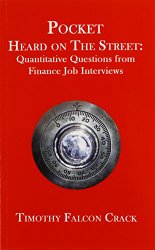
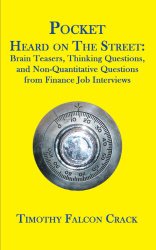

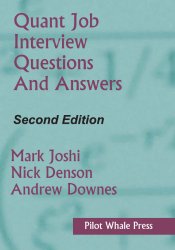
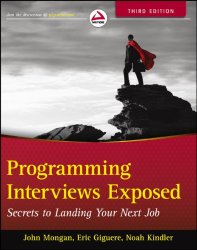

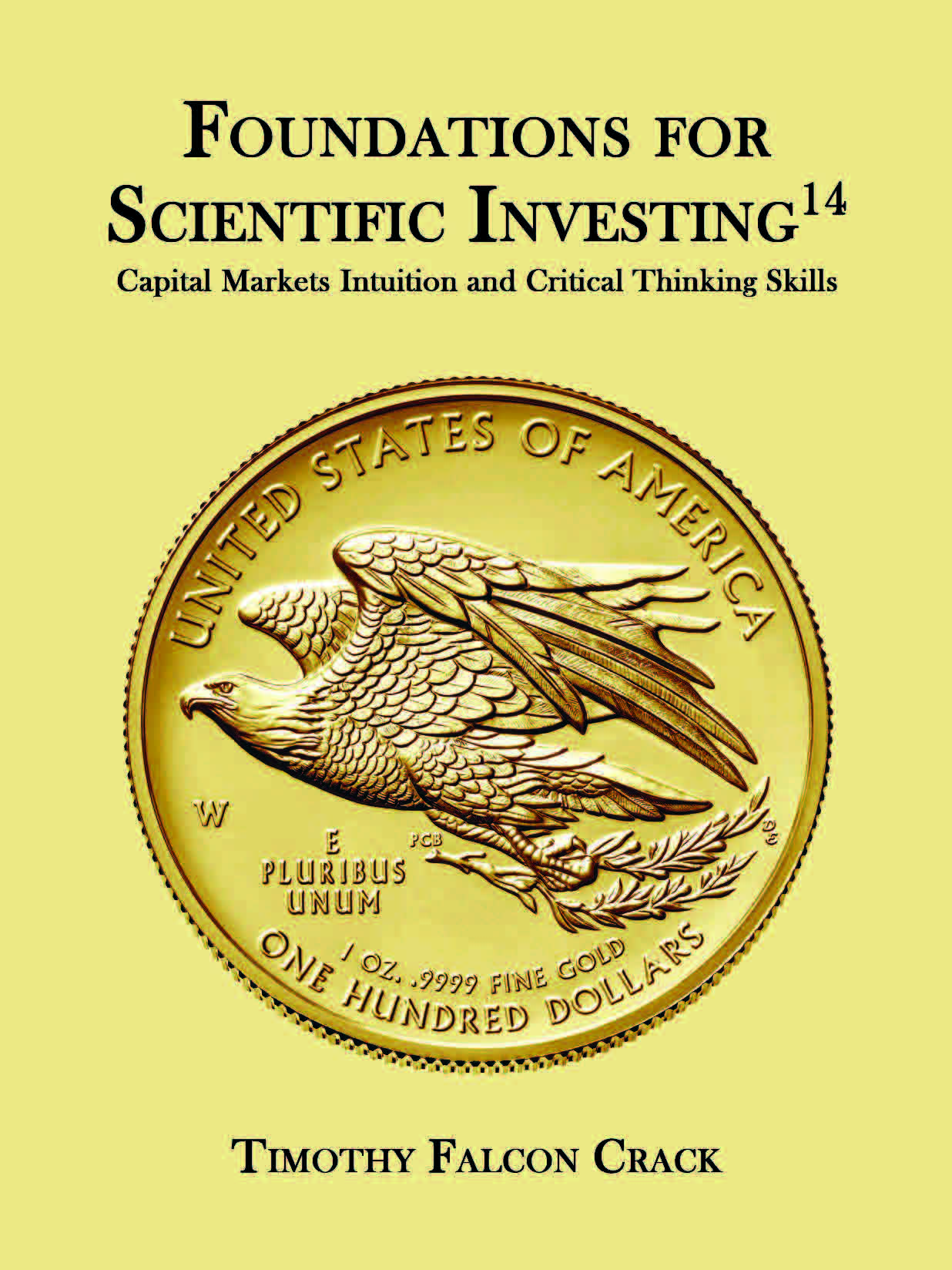
Paperback 14th Ed. Amazon.co.uk (UK)
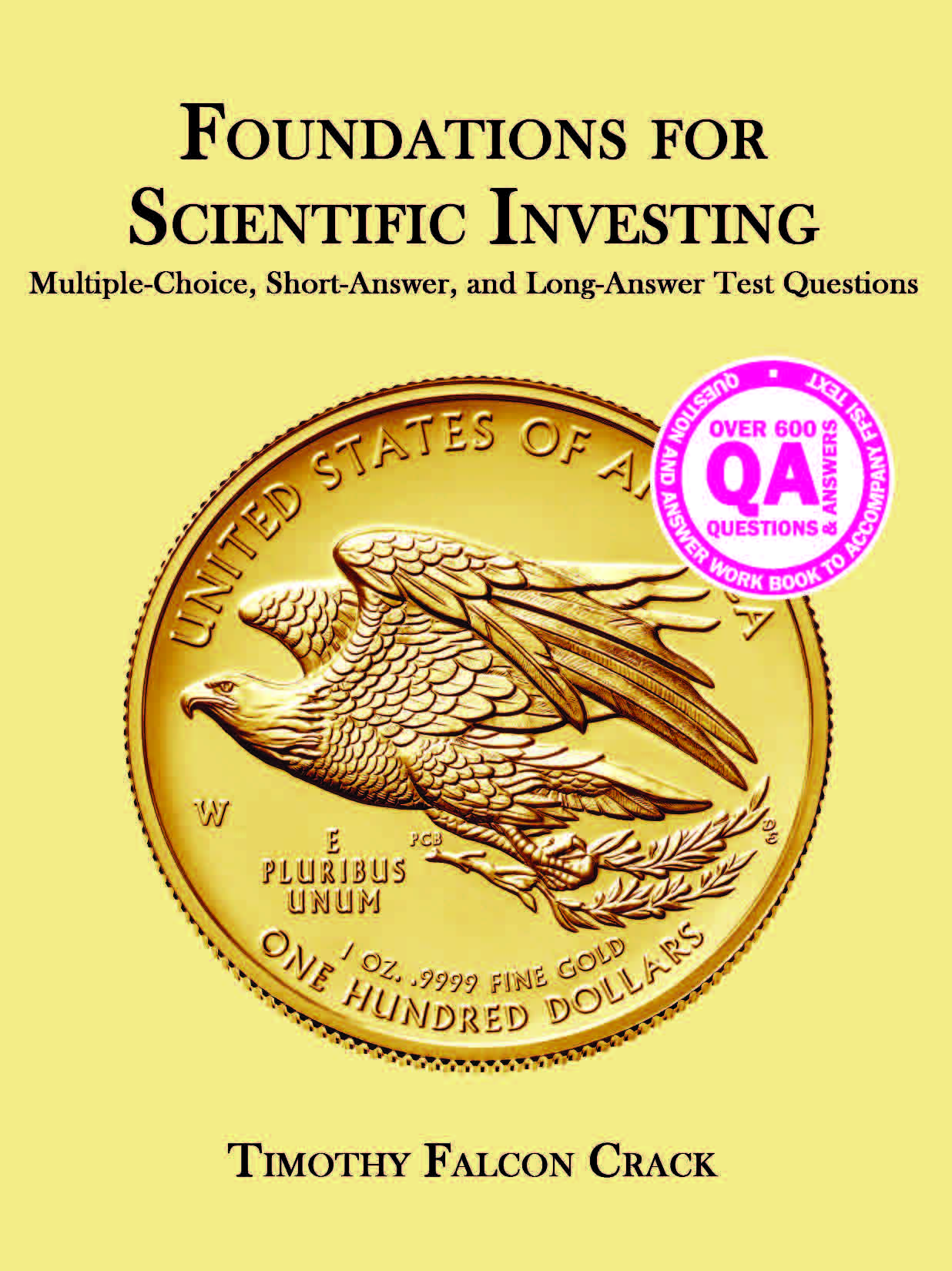
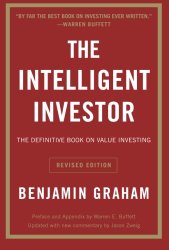
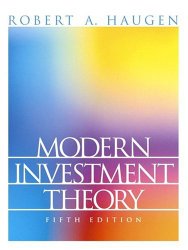
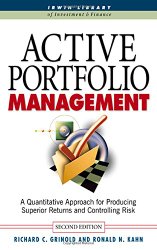
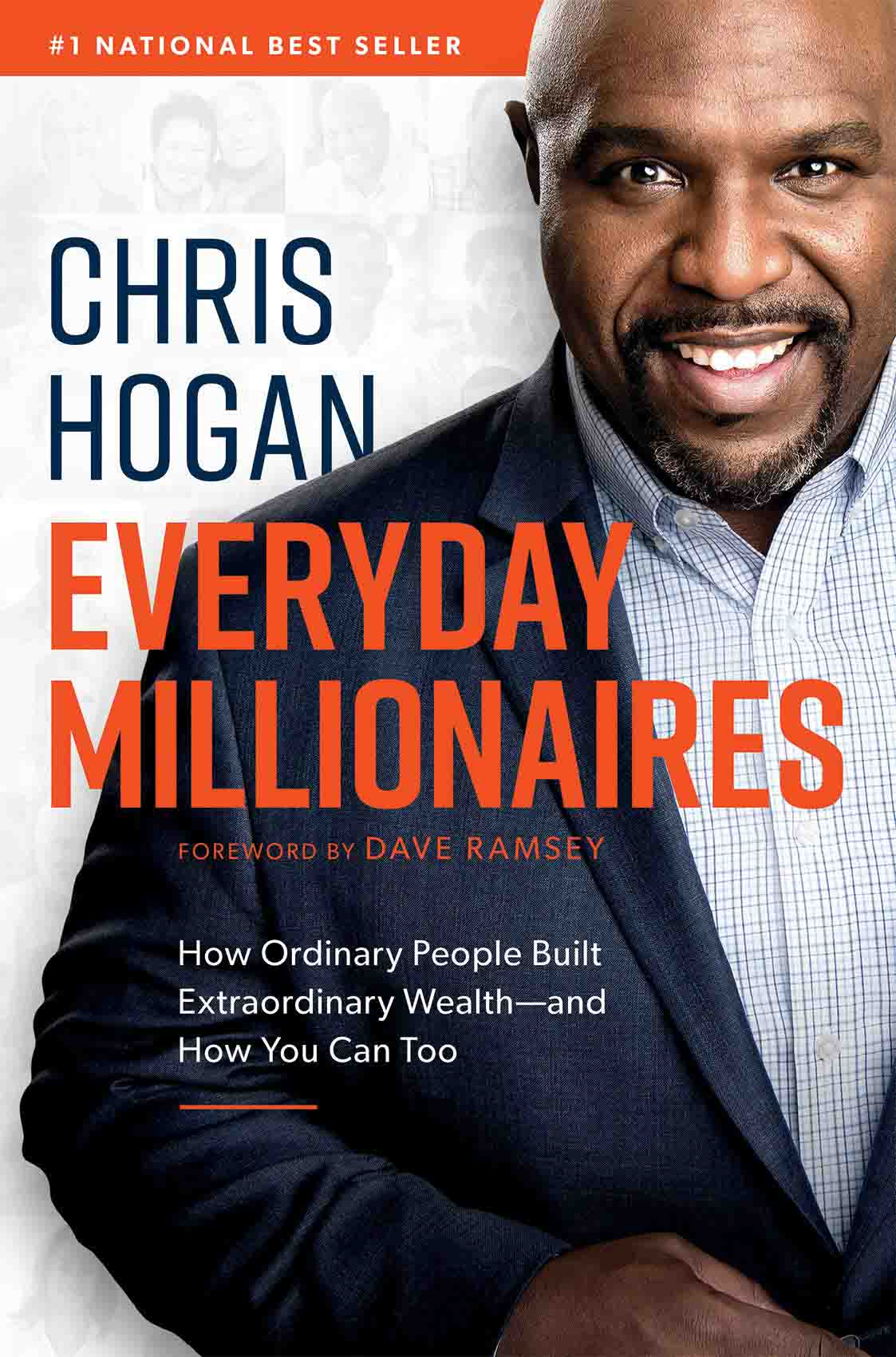

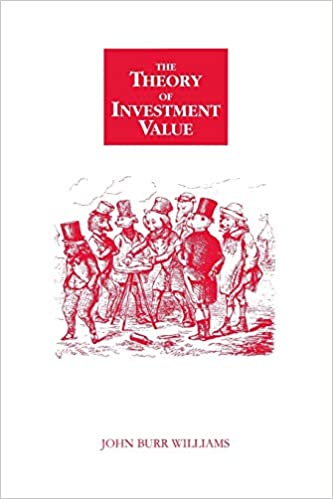
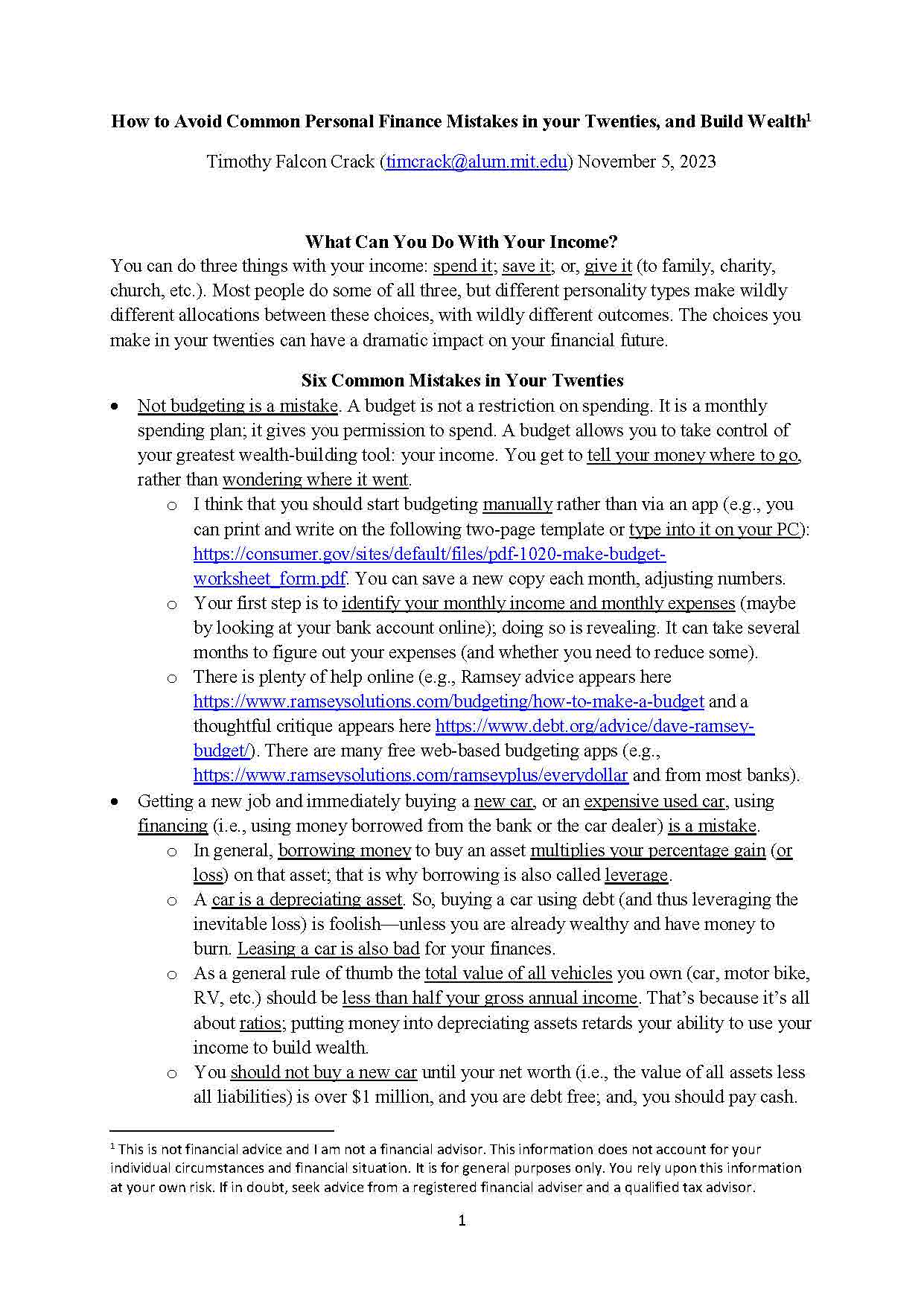
A note given to undergraduate students to motivate personal finance decision making.
You can do three things with your income: spend it; save it; or, give it (to family, charity, church, etc.). Most people do some of all three, but different personality types make wildly different allocations between these choices, with wildly different outcomes. The choices you make in your twenties can have a dramatic impact on your financial future.
In only six pages, I discuss practical issues concerning budgeting, buying cars, life insurance, subscriptions, buy-now pay-later financing, retirement investing (how much to save and when to start), active investing versus passive investing, the impact of transaction costs, forced early retirement, legal tax avoidance, emergency funds, wills, credit cards versus debit cards, and survey evidence showing the steps that everyday people took to become millionaires.

Can you give an example of wrong-way risk? Are you confident of the distinctions between operating risk, operational risk, and operations risk? Can you define and distinguish between systematic risk and systemic risk? Do you know the relationship between de-risking risk and correspondent banking risk? Can you tell a black swan event from a grey swan event? If you answered no to any of these questions then you need to read this paper.
We list and define more than 150 risks in finance, accompanied by many examples and cross references. We give 10 test scenarios (with solutions) to confirm reader intuition, and more than 75 risk-based exercises (without solutions) for university instructors to assign to their students. We also cite more than 100 articles.
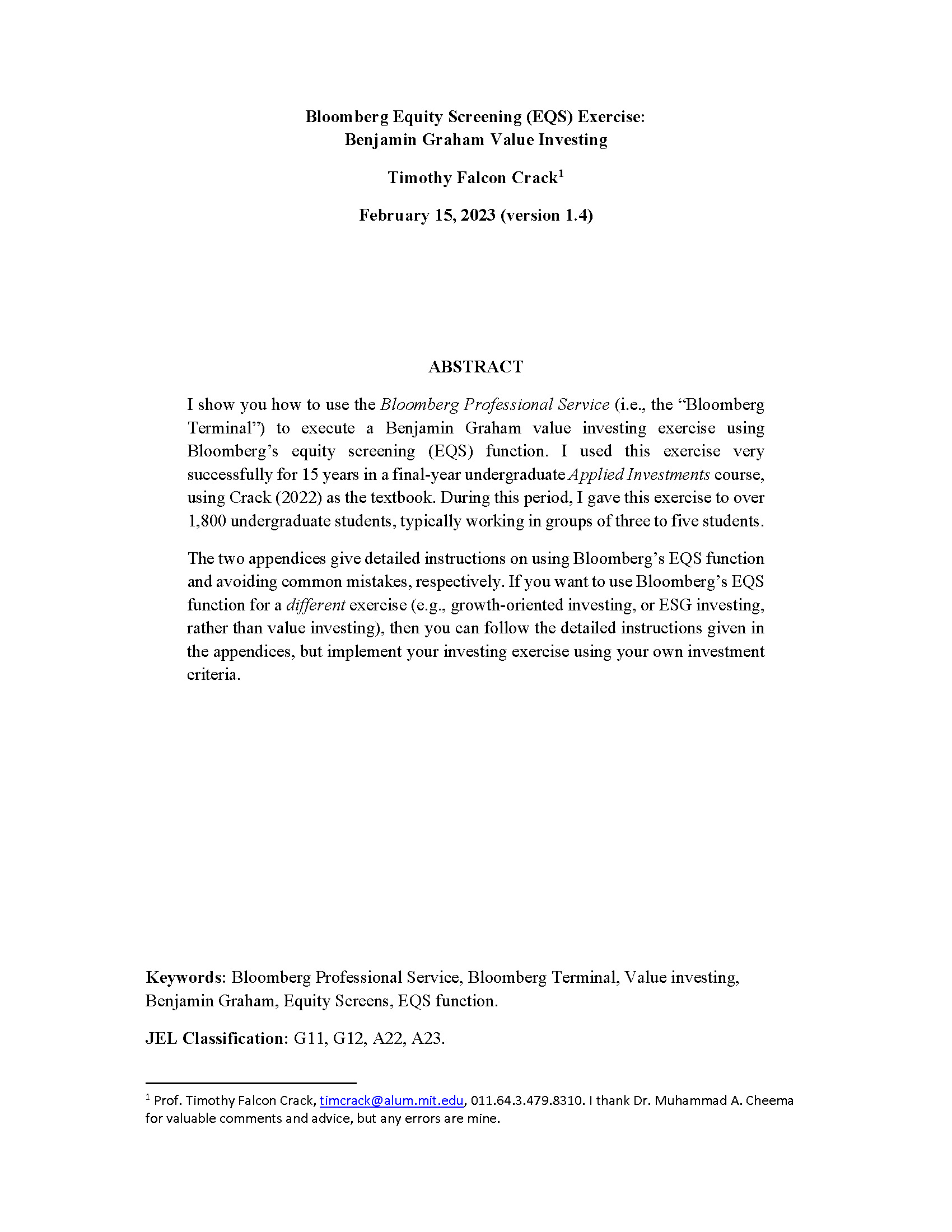
I show you how to use the Bloomberg Professional Service (i.e., the Bloomberg Terminal) to execute a Benjamin Graham value investing exercise using Bloomberg's equity screening (EQS) function. I used this exercise very successfully for 15 years in a final-year undergraduate Applied Investments course, using Foundations for Scientific Investing as the textbook. During this period, I gave this exercise to over 1,800 undergraduate students, typically working in groups of three to five students.
The two appendices give detailed instructions on using Bloomberg’s EQS function and avoiding common mistakes, respectively. If you want to use Bloomberg’s EQS function for a different exercise (e.g., growth oriented investing, or ESG investing, rather than value investing), then you can follow the detailed instructions given in the appendices, but implement your investing exercise using your own investment criteria.
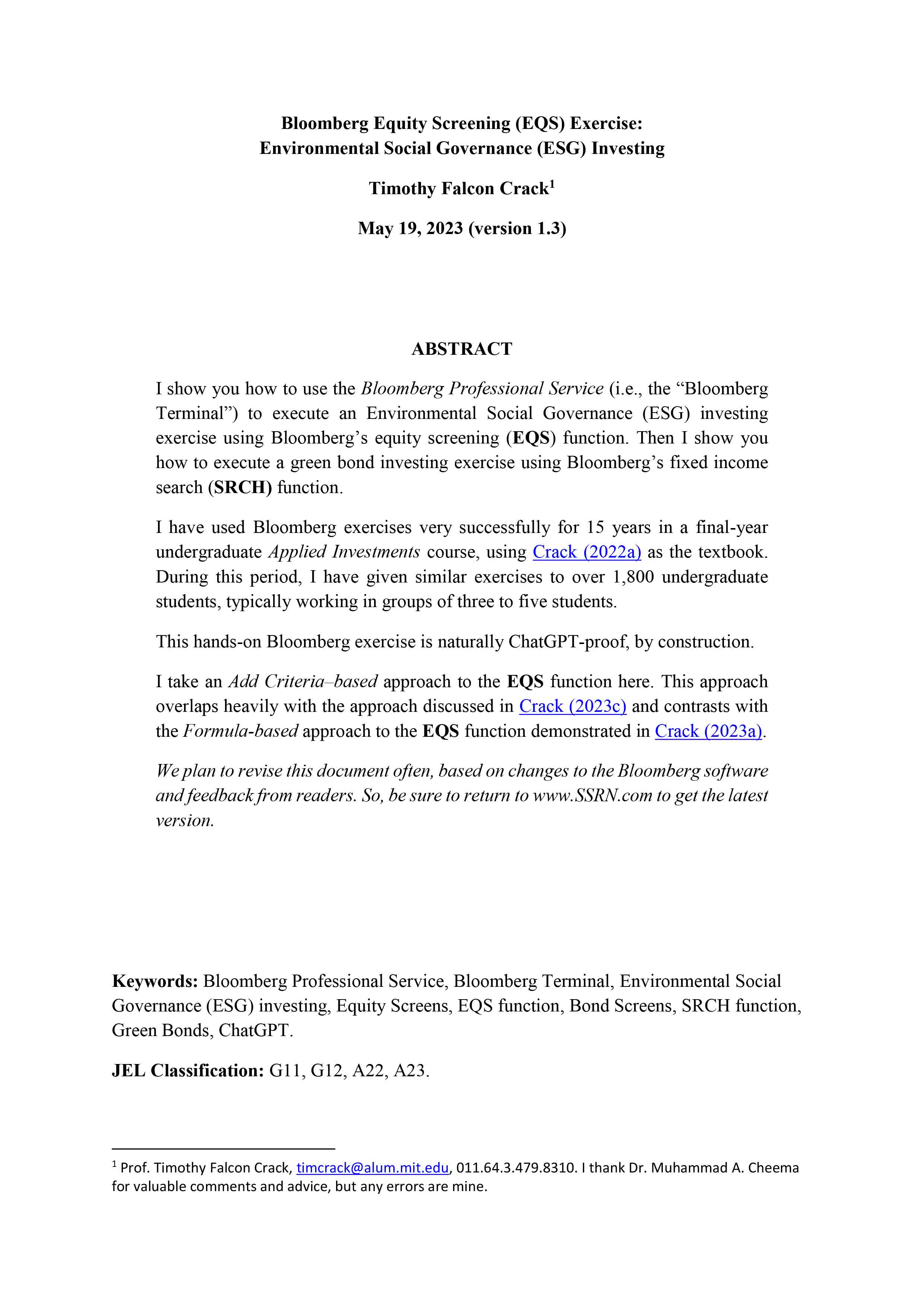
I show you how to use the Bloomberg Professional Service (i.e., the “Bloomberg Terminal”) to execute an Environmental Social Governance (ESG) investing exercise using Bloomberg’s equity screening (EQS) function. Then I show you how to execute a green bond investing exercise using Bloomberg’s fixed income search (SRCH) function.
I have used Bloomberg exercises very successfully for 15 years in a final-year undergraduate Applied Investments course, using Crack (2022a) as the textbook. During this period, I have given similar exercises to over 1,800 undergraduate students, typically working in groups of three to five students. This hands-on Bloomberg exercise is naturally ChatGPT-proof, by construction.
I take an Add Criteria–based approach to the EQS function here. This approach overlaps heavily with the approach discussed in Crack (2023c) and contrasts with the Formula-based approach to the EQS function demonstrated in Crack (2023a).
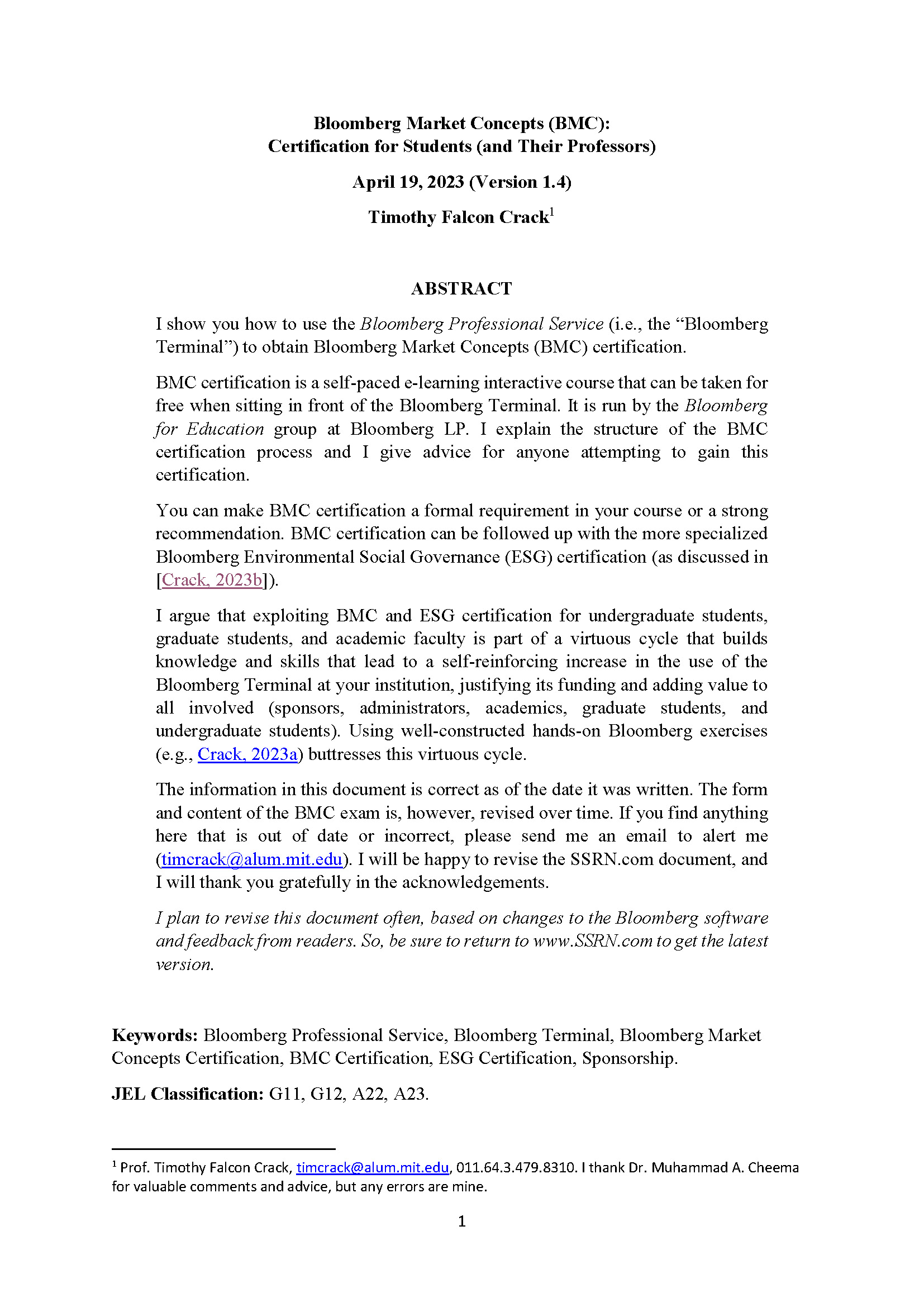
I show you how to use the Bloomberg Professional Service (i.e., the “Bloomberg Terminal”) to obtain Bloomberg Market Concepts (BMC) certification.
BMC certification is a self-paced e-learning interactive course that can be taken for free when sitting in front of the Bloomberg Terminal. It is run by the Bloomberg for Education group at Bloomberg LP. I explain the structure of the BMC certification process and I give advice for anyone attempting to gain this certification.

I show you how to use the Bloomberg Professional Service (i.e., the “Bloomberg Terminal”) to obtain Bloomberg Environmental Social Governance (ESG) certification.
Bloomberg ESG certification is a new self-paced e-learning interactive course that can be taken for free when sitting in front of the Bloomberg Terminal. It is run by the Bloomberg for Education group at Bloomberg LP. I explain the structure of the Bloomberg ESG certification process and I give advice for anyone attempting to gain this certification.
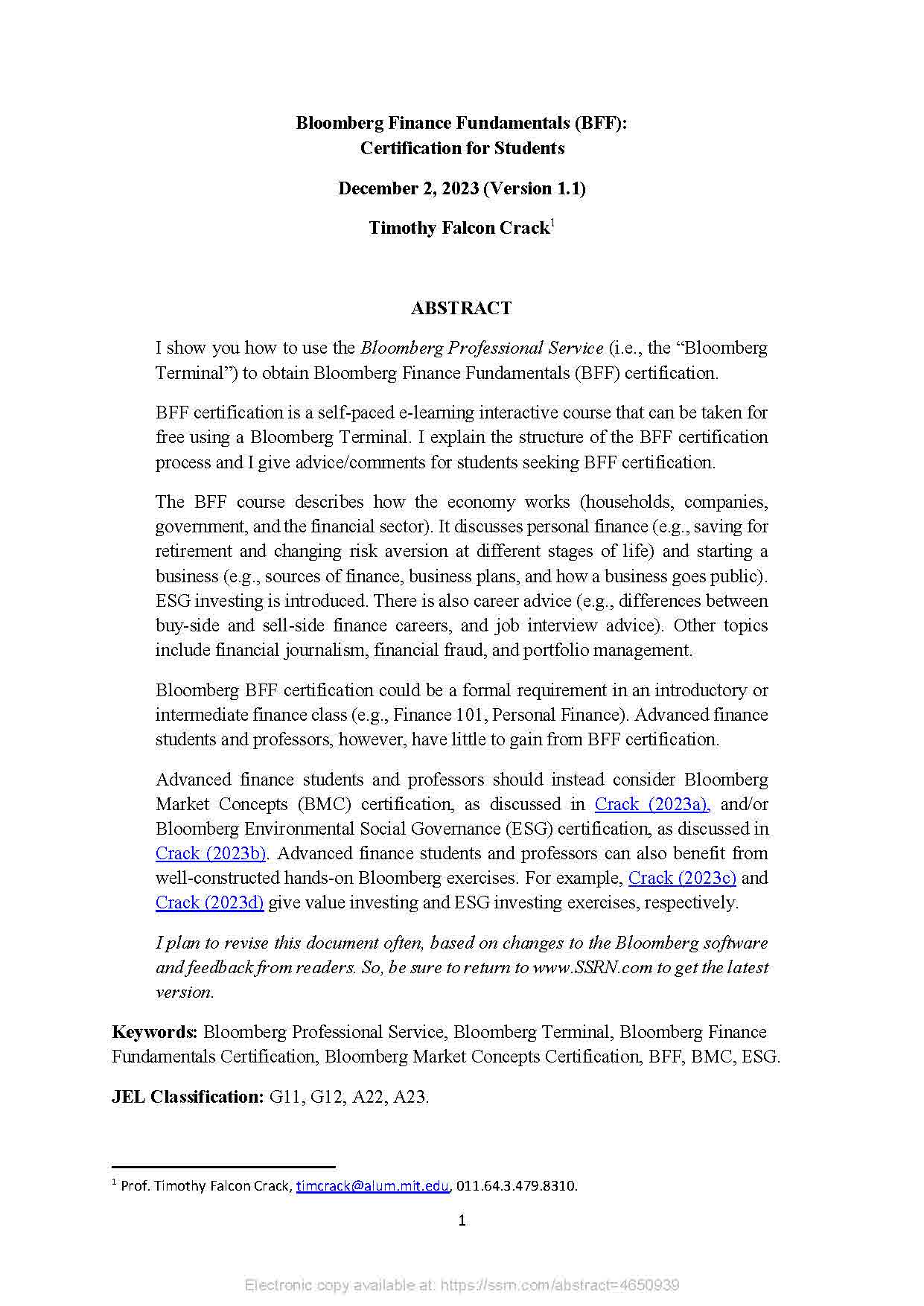
I show you how to use the Bloomberg Professional Service (i.e., the “Bloomberg Terminal”) to obtain Bloomberg Finance Fundamentals (BFF) certification.
Bloomberg ESG certification is a new self-paced e-learning interactive course that can be taken for free when sitting in front of the Bloomberg Terminal. It is run by the Bloomberg for Education group at Bloomberg LP. I explain the structure of the Bloomberg BFF certification process and I give advice for anyone attempting to gain this certification.

These notes are suitable for retail investors and university-level students. They provide information (but not advice) on New Zealand taxes for individuals and couples on domestic and foreign bank interest, stocks and bonds, dividends, investment funds, PIEs, and alternative investments, including gold, and gold exchange-traded funds (ETFs). They also explain taxation of crypto currencies including Bitcoin in New Zealand (Bitcoin (BTC), BTC ETFs, BTC ETF funds, other cryptocurrency vehicles), and income from hobbies. Domestic taxes due on direct and indirect ownership, respectively, of domestic interest-bearing and domestic dividend-bearing investments, respectively, are discussed. Resident withholding taxes (RWT) and prescribed investor rates (PIR) are compared and contrasted. Direct ownership is compared with indirect ownership via funds which might be portfolio investment entities (PIE). Multi-rate PIEs (MRP) are discussed and compared and contrasted with listed PIEs (e.g.,~NZX Smartshares ETFs). Domestic taxes due on direct and indirect ownership, respectively, of foreign interest-bearing and foreign dividend-bearing investments, respectively, are also discussed. The foreign investment funds (FIF) reporting regime is discussed along with the {\em de minimis} threshold for individual or joint ownership. Collective investment vehicles (CIVs) are discussed. KiwiSaver taxes, KiwiSaver employer superannuation contribution tax (ESCT), KiwiSaver employee contributions, and KiwiSaver employer contributions are discussed. Taxes on domestic and foreign bank accounts, term deposits, term funds, stocks, bonds, Treasury bonds, and mutual funds are discussed. Foreign retirement savings schemes and foreign balance dates are also discussed. An Appendix gives opinions on the U.S.-N.Z. double-taxation agreement (DTA), U.S. IRS reporting of New Zealand mutual fund and ETF income, U.S. IRS reporting of KiwiSaver, IRD acceptance of foreign tax credits, and lottery income.
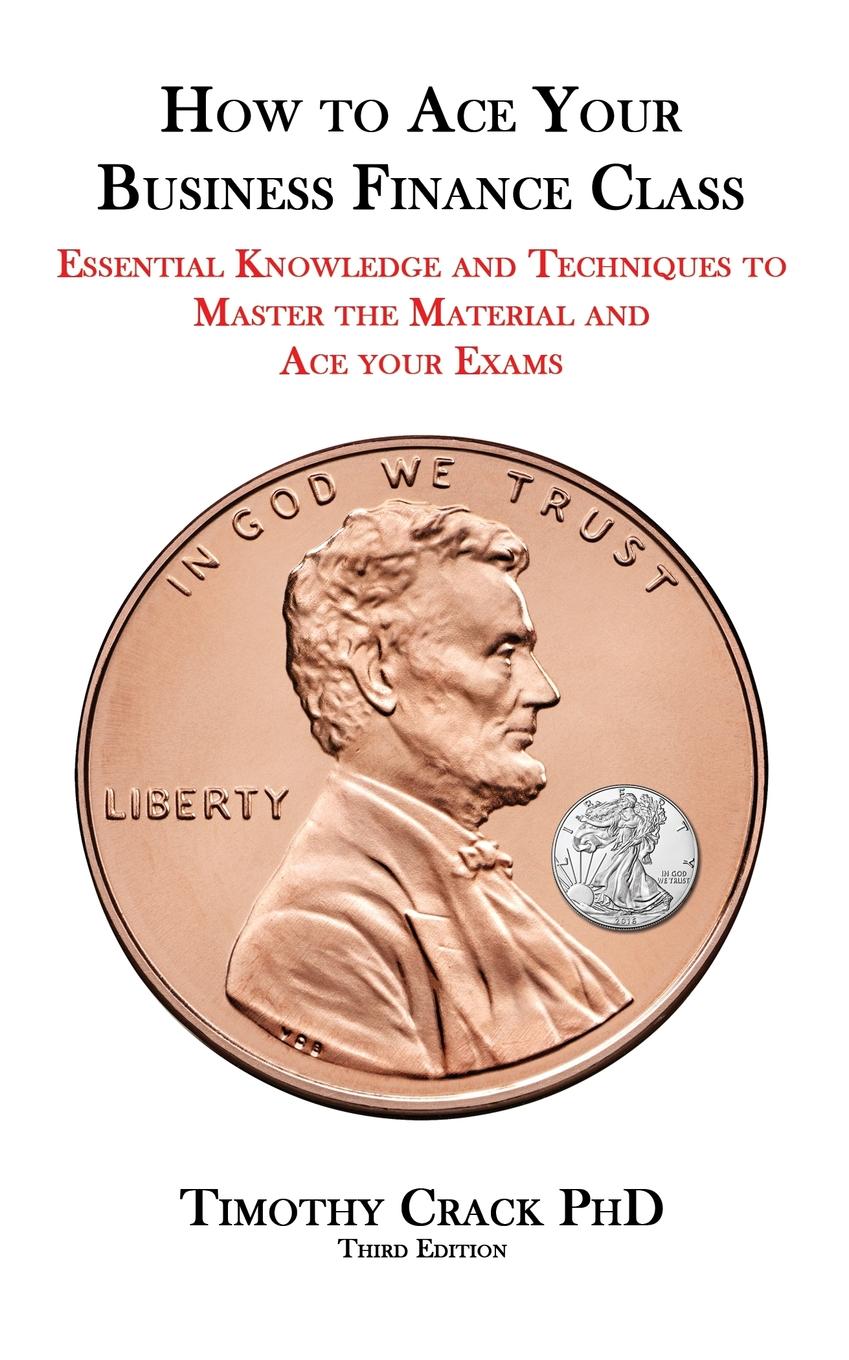
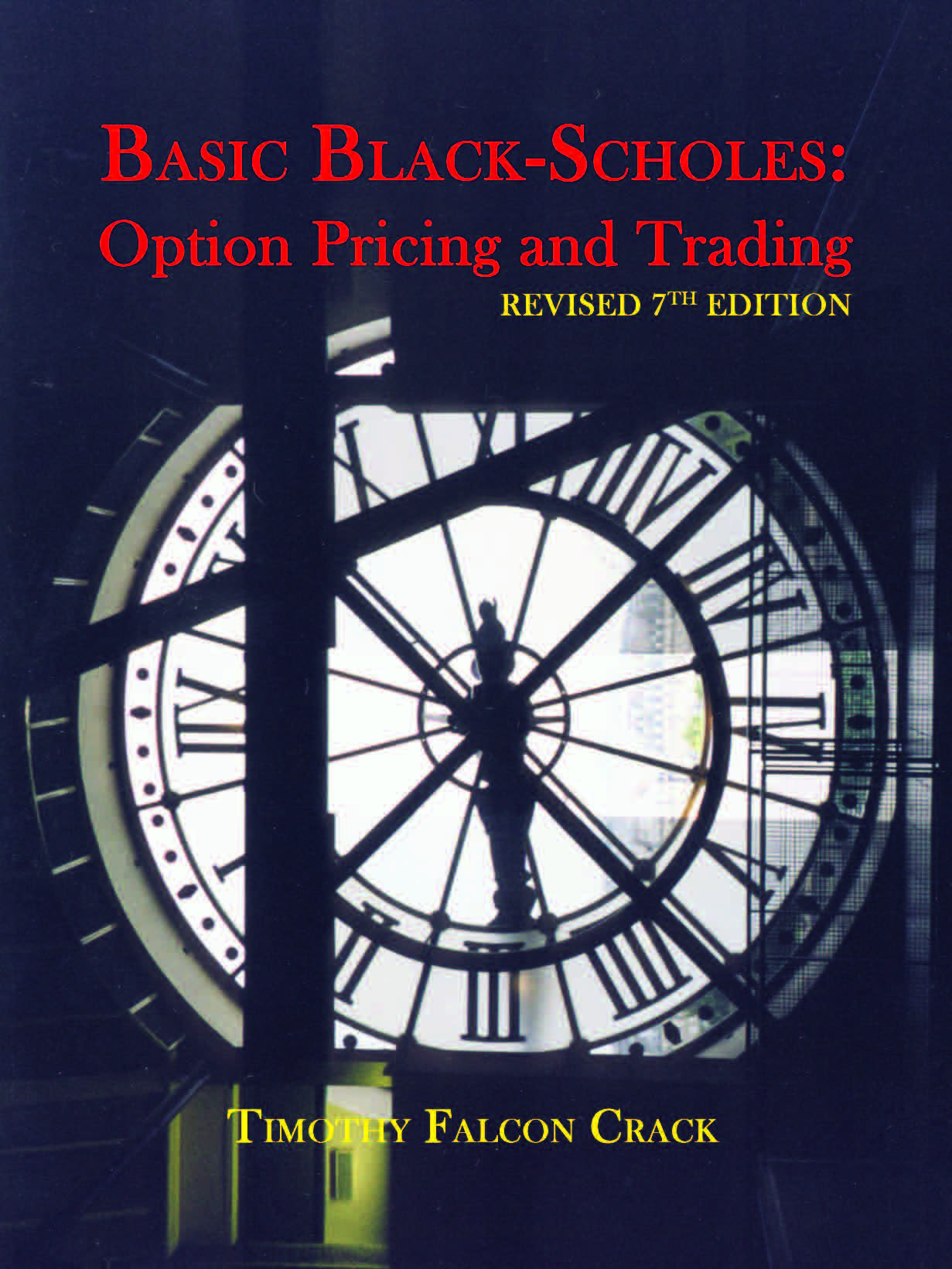
- It contains the basic intuition you need to trade options for the first time, or interview for an options job. Honest advice about trading: there is no simple way to beat the markets, but if you have skill this advice can help make you money, and if you have no skill but still choose to trade, this advice can reduce your losses.
- Full immersion treatment of transactions costs (T-costs).
- Lessons from trading stated in simple terms.
- Stylized facts about the markets (e.g., how to profit from reversals, when are T-costs highest/lowest during the trading day, implications of the market for corporate control, etc.).
- How to apply (European-style) Black-Scholes pricing to the trading of (American-style) options.
- Five accompanying Excel sheets: forecast T-costs for options using simple models; explore option sensitivities including the Greeks; compare stock trading to option trading; GameStop example; and, explore P(ever ITM) (see below).
- Black-Scholes option pricing code for the HP17B, HP19B, and HP12C.
- A spreadsheet that allows the user to forecast T-costs for option positions using simple models. Another that allows the user to explore option sensitivities including the Greeks.
- Leverage through margin trading compared to leverage through options, with numerical examples and worked spreadsheet examples.
- Practitioner Bloomberg Terminal screenshots to aid learning.
- Simple discussion of continuously-compounded returns.
- Introduction to "paratrading" (trading stocks side-by-side with options).
- Unique "regrets" treatment of early exercise decisions and trade-offs for American-style calls and puts.
- Unique discussion of put-call parity and option pricing.
- How to calculate Black-Scholes in your head in 10 seconds (also appearing in Heard on The Street: Quantitative Questions from Wall Street Job Interviews; see above).
- Special attention to arithmetic Brownian motion with general pricing formulae and comparisons of Bachelier (1900) with Black-Scholes (1972, 1973).
- Careful attention to the impact of dividends in analytical American option pricing.
- Dimensional analysis and the adequation formula (relating FX call and FX put prices through transformed Black-Scholes formulae).
- Intuitive review of risk-neutral pricing/probabilities and how and why these are related to physical pricing/probabilities.
- Careful distinction between the early Merton (non-risk-neutral) hedging-type argument and later Cox-Ross/Harrison-Kreps risk-neutral pricing.
- Simple discussion of Monte-Carlo methods in science and option pricing.
- Simple interpretations of the Black-Scholes formula and PDE and implications for trading.
- Careful discussion of conditional probabilities as they relate to Black-Scholes pricing.
- Intuitive treatment of high-level topics e.g., bond-numeraire interpretation of Black-Scholes (where N(d2) is P*(ITM)) versus the stock-numeraire interpretation (where N(d1) is P**(ITM)).
- Introduction, derivation, and discussion of the risk-neutral probability P*(ever ITM) that a European-style call or put option is ever in the money during its life. For example, P*(ever ITM)=N(d2)+A* for a European-style call option, where A* is a function of all the usual suspects, and adjusts for the possibility that the call option is in the money before maturity.
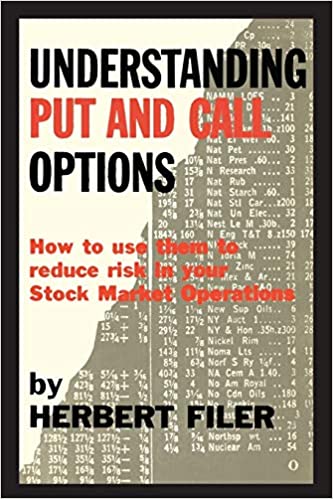
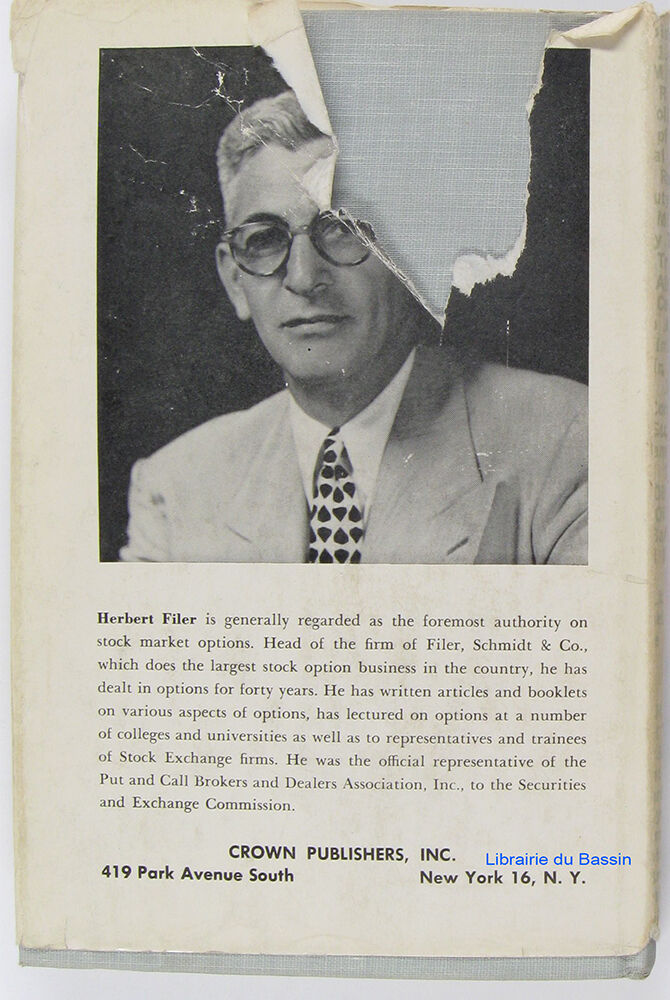
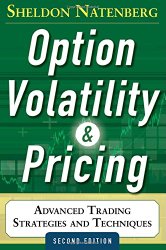

[Interviews with Top University Teachers: How to Build Quality Teaching, Inspire Your Students, and
Create More Time for Research; Timothy Falcon Crack.]
If you are a university teacher, you need to read this book! The author's goal
is to help you to build quality into your teaching. Quality teaching inspires students, meets
learning objectives, and yields excellent teaching evaluations. Quality teaching also
exploits teaching efficiencies to create more time for research.
To meet all these goals, the author interviewed a select sample of
outstanding university teachers in the U.S., U.K., Australia, Israel, and New Zealand.
Their advice has been interwoven with reflections upon the author's 30-year award-winning
university teaching career in the U.S. and New Zealand. The book also includes
a discussion of practical attitudes towards teaching and teaching
motivation, plus dozens of stories (and even some horror stories)
that serve as parables. The majority of the teaching advice is based on face-to-face instruction
in the classroom, but much of it also carries over to remote/online teaching.
Most of the advice is "purely mechanical," in the sense that you
don't need any special skills or abilities to implement it. University teachers can use this book to improve their job performance and job satisfaction,
and to increase the likelihood of promotion and career success.
University administrators can give this book to new teachers to help build quality
teaching from Day 1.
This handy pocket-sized edition (4.37in x 7in; 111mm x 178mm) is surprisingly
comprehensive. It is 400-pages long, with 11 chapters, 95 references to literature, and a 10-page 900-item index.
Although the book was written/organized with the intention that it be read sequentially, some busy readers keep
it on their desk and open it randomly, sampling short pieces of advice and self-contained vignettes, as time allows.
Follow the eBook link and use Amazon's "Look Inside" feature to view the Table of Contents.
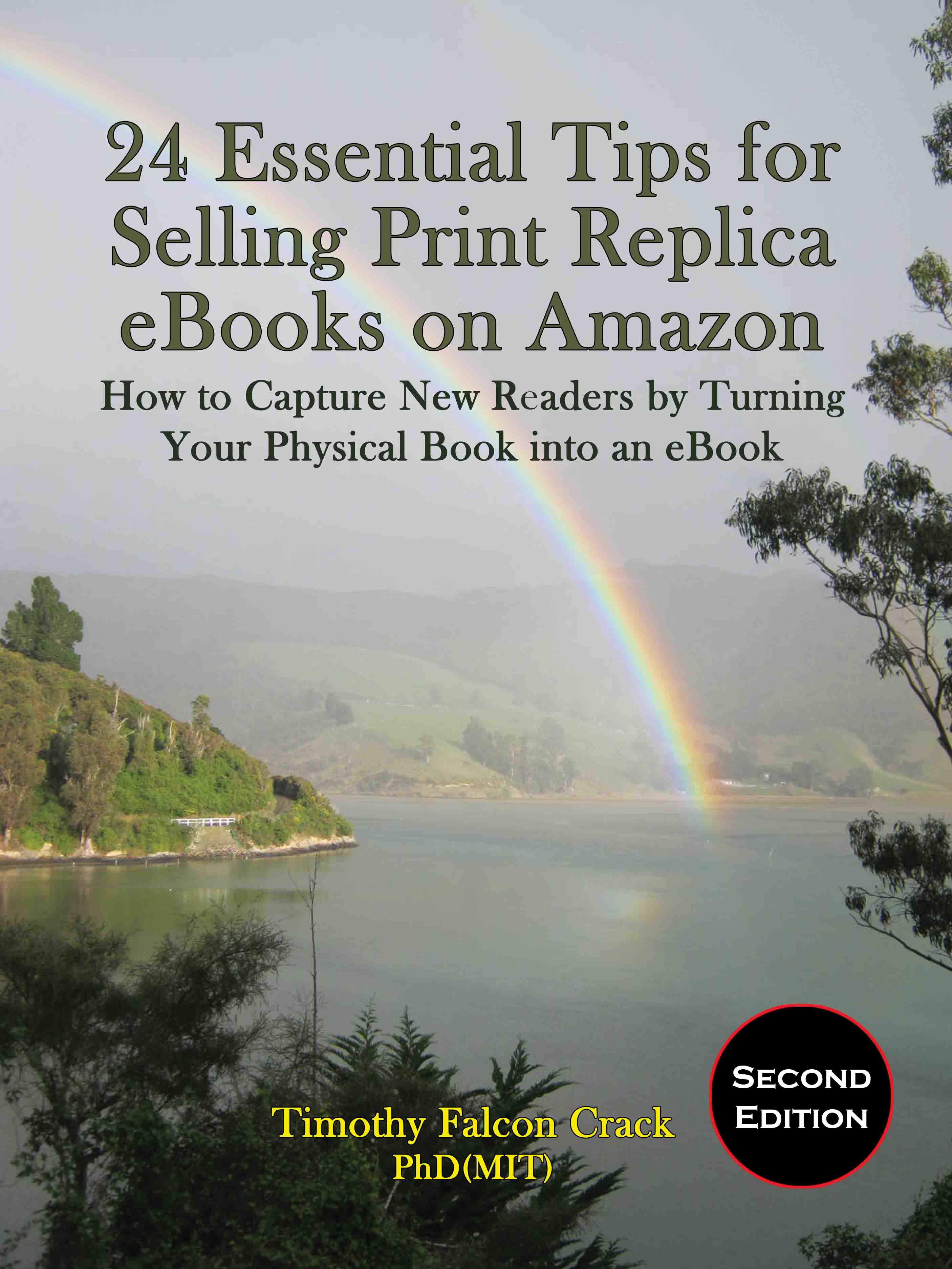
[24 Essential Tips for Selling Print Replica eBooks on Amazon: How to Capture New Readers by Turning Your Physical Book into an eBook; Timothy Falcon Crack]
This 50-page eBook gives more than two-dozen essential tips that I have accumulated after several years of turning my
self-published physical print books into "print replica" eBooks that I sell on Amazon.com.
(What did I learn the hard way? What did I wish I had known before I published eBooks? What are the biggest trip-ups you need
to watch out for?)
A print replica eBook uses a simple pdf-formatted text block. (The text block is the inside pages of a book, as distinct from its cover.) Most software packages can output pdf files. Using pdf files means that there is no messing around with unfamiliar EPUB or MOBI formatting, HTML code, or reflowable eBooks (i.e., where the book reorganizes itself when the reader resizes the text). Nevertheless, some of my advice still applies to these other eBook formats.
This is not a "How to Write an eBook" book. Nor is it a "How to Market Your Book/eBook on Amazon" book. There are already at least 50 books available for sale on Amazon.com with each of these titles (or almost exactly these titles). Instead, I assume that you have already written all the content for your book, and that you also have a cover image prepared, and that you can handle eBook marketing without my help. My only goal is to help guide you through the process of getting set up to sell "print replica" eBooks on Amazon.com.
Although I assume that you want to turn physical print books into eBooks, this is not a prerequisite. For example, there is no physical print edition of this eBook, but I followed the advice given here to set it up and sell it on Amazon. So, you can follow my eBook advice whether you sell physical books or not.
Why sell your book as an eBook? At first I worried that an eBook would simply cannibalize some of my physical book sales (and at a lower dollar royalty per book). To the contrary, the count of new readers attracted to my eBooks more than compensates for any cannibalization of physical book sales. Some readers always prefer a physical book, some readers always prefer an eBook, and some readers who would usually prefer a physical book may be in such a hurry (or they may simply be so tempted) that they will buy the eBook because it gives them immediate delivery. So, if you are not selling your books as eBooks, then you are missing out on customers and the royalty income they provide.
In the introduction I compare and contrast physical book selling with eBook selling. Then I discuss Amazon print replica eBooks. In subsequent chapters I discuss issues you have control over, issues you have limited control over, and issues you have no control over (but which you need to know about anyway). I finish the book by discussing software bugs and other issues that you need to be aware of.


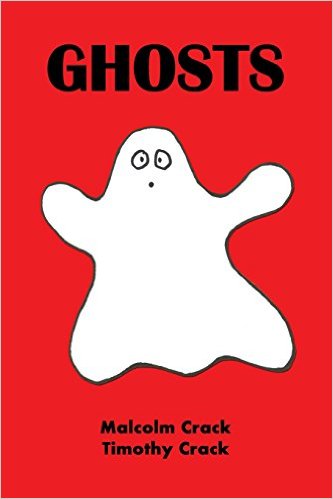
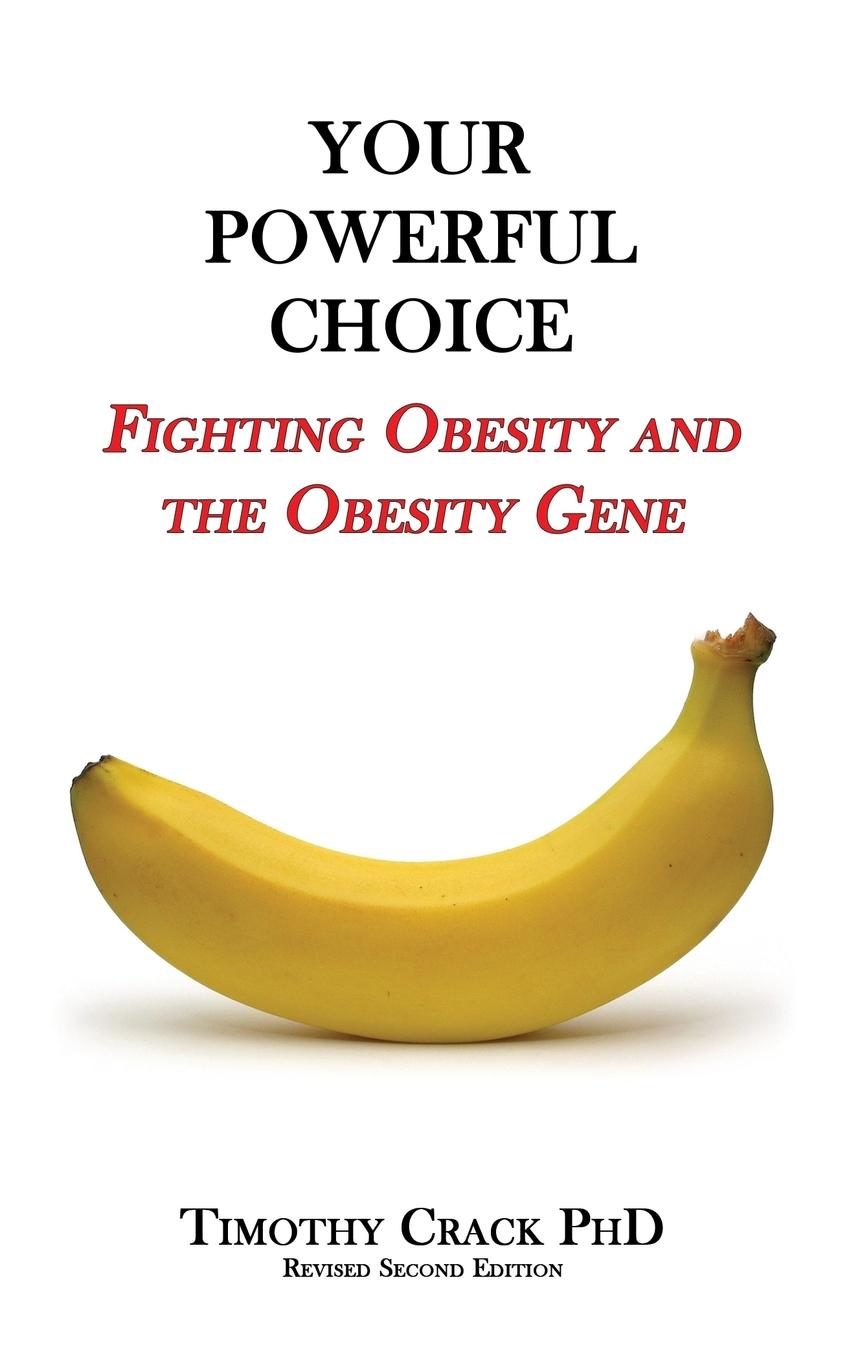
It was written especially for people who have tried to get to a healthy weight already and have failed, perhaps more than once. This book is about being committed and making powerful choices.
You will not find a picture of a half-dressed impossibly fit young man or woman on the front cover of this book. Few, if any, overweight people can achieve that level of fitness, and books with images like that are misleading for most readers. Instead, this book is full of hard truths and successful techniques for achieving a healthy weight. The author's personal experiences mean that he is unafraid to write openly and honestly about being fat and unhealthy and how to fight these successfully---even in the face of a genetic predisposition towards obesity. This book is supportive, but in an honest tough-love kind of way.
The book contains references to and discussion of more than 40 recent research studies. These include medical journal articles from top journals, respected government research, articles from top university researchers, and other related research. Although many of the articles are written at an advanced level, the discussion of them in the book is simplified to make them accessible to all.
Some people will find this book offensive because the author calls a spade a spade. He referred to himself as "fat" when he was fat, and argues that being open and honest about it was liberating. If you cannot label yourself as "fat," because you view this term as offensive, rather than a simple statement of scientific fact, then don’t buy this book.
Some people will find this book hubristic because the author gives multiple examples of making powerful choices in his own life with successful outcomes, and because he presents techniques to get healthy that worked for him. If you easily mistake advice from successful people for hubris, then don’t buy this book.
If, however, you have reached a stage in your life where you are ready to be honest about being fat, and you are ready to accept advice from someone who has been in your shoes and in your head, then this may be the book to change your life.
